Do you remember that South Park episode where Stan’s mother, Sharon, is the only one getting completely hysterical over the daily mass shootings at her son’s school while everyone else goes on with their lives as if nothing happened? Her husband blames her emotional responses on the hormones, their parent friends put the attacks on faulty playground equipment…
Well, it might be the hormones, but lately, whenever I attend a digital culture / art & technology festival where everyone gets over excited about the latest developments in VR instead of getting paranoid about us not measuring up to the technologies we’re praising, I turn into Sharon.
The last such episode happened just about a month ago at Digital Cultures, a young and promising festival in Warsaw, Poland by the Adam Mickiewicz Institute (AMI). Set in the charming Kino ILUZJON, a cult cinema belonging to the Polish Arthouse Cinemas Network, the festival, that “engages with digital culture in its broadest form” was flawlessly organised and packaged.
As a sucker for design I really admired its seamless digital-physical integration and the quirky digital projects developed under its umbrella such as The initials of Zeghere van Male, where Polish animator Kajetan Obarski brought to life 30 still scenes from a 500 year old manuscript of songs and motets.
The programme sounded really promising (if FOMO inducing), featuring over 40 lectures, a VR showcase of 17 works and 5 workshops with and by game designers, immersive documentary makers, musicians, producers and all sorts of cross-disciplinary practitioners from Poland, Ukraine, Denmark, Georgia, and Canada, among which some established names such as Ars Electronica’s director Gerfried Stocker, Berlin-based Dutch artist Constant Dullaart and ex-Sheffield Doc’s Alternate Realities curator Joseph Cutts.
So what went wrong? When did the apocalyptic mood set in to turn my experience there on its feet? Well, a month later and I still can’t decide what was more frustrating, the hype around VR reduced to its infinite potential for escapism and entertainment or the fact that at times I felt as if I was listening to a slow-paced elevator pitch – under the Best in Poland umbrella which made up half of the overall programme of the conference, Polish creative studios working with technology were invited to show off their (commercial) work. It must have been the combination of the two that contributed to the overall feeling that I was, once more, deceived.
Another festival that is pretending to engage with digital culture when all it’s actually doing is cultivating a blind fascination with technology. Why? What’s wrong with you people? Or what’s wrong with me? Sharon inside me shouted at the end of the first day of the event.
Maybe this was just the last straw as I’ve been down this road too many times lately, or maybe from the position of someone who’s been struggling to navigate and decipher the increasingly complex field of internet culture, I felt the growing need and responsibility of constantly educating myself and others (which goes far beyond the need of feeling inspired), but just like Sharon, I felt lonely and inadequate for not being able to tune into the enthusiasm and optimism around me.
From the over 40 lectures I listened to in my two days there, Stocker’s was the only one which gave voice to all my concerns. But no other counter-narratives, frisson of anarchy or intention of opening up a conversation about the implications of our fascination with the digital in the two packed-full days of the conference, except some occasional ones that I will come back to in a moment. Now I just need to keep moaning.
The conference’s biggest accompanying event was an exhibition titled VR Showcase at TR Warsaw, presenting 17 projects from Poland, Ukraine, Germany, and Canada, ranging from the most experimental to big productions. I really wanted to experience Alexey Furman’s “Aftermath VR: Euromaindan”, a documentary in VR about the tragic events of February 20, 2014, in Kiev, but as I started with the more experimental pieces, “The Bliss of Metamorphing Collapse” by Pussykrew, and “Tidal Traces” a piece exploring the opportunities of VR for viewing and experiencing dance by artist Nancy Lee and choreographer Emmalena Fredriksson, I was just not physically able to. Over 10 minutes into the headset and nausea kicked in which coupled with the fact that I couldn’t take the goggles off myself put me in a really cranky mood. Liberated from the clunky tech by two helpful exhibition assistants, I rushed out to get a breath of fresh air to never return to the spot.
Just to clarify, that was no neo-luddite reaction to alienation from physical reality. It was motion sickness, a very common physical reaction caused by the fact that simply put, the medium is just not ready yet. Which is not to say that we should stop exploring it.
Although I do find VR an isolating technology, I too am truly excited about its potential for mental health for example and intrigued by its possibilities, which, according to Chris Milk, once unleashed, will mark the end of mediums, but as that is just not the case yet, I just feel the medium is being used to simply divert our attention from the urgent conversations we should be having.
“When the world’s on fire, it will not be an artificial intelligence that puts it out”, reads the opening line of Common Intelligence a text by Emanuele Braga for Moneylab. Likewise, a discourse focused on showcasing the creative potential of new technologies stands out as completely irrelevant. What about the consequences, the implications? Who is supposed to have those conversations? And where? Shouldn’t festivals be sites of interaction and participation, forums for questioning the dominant narratives and imagining new ways forward?
In that sense, Stocker’s opening lecture was the only one I resonated with. Acknowledging that everything starts with inspiration he argued that “the boundaries between gatekeeper, educator and manipulator are becoming increasingly blurred and easily diluted” and pointed out at art world’s responsibility to not just inspire by showcasing technology’s latest developments and potentials, but also to educate, train and support people in coping with the many challenges technology is already posing. He introduced the theme of the festival,”Living Archive” on a fitting note, bringing into attention the issue of social media content moderators or “the cleaners” and how humans – not machines – from often marginal places are still required to sort out the mess of the enormous archive we are all contributing to. His final question, “how can we distribute that knowledge with empathy and care so that we evolve from gatekeepers to educators” remained largely unanswered.
But of course people don’t want to deal with all the negativity. Sharon knew that pretty well so in the end, she caved in. Reaffirming Southpark’s “you’re an idiot for caring” philosophy she stoped voicing her concerns, regaining her place in the community.
I would have probably done the same if it wasn’t for two quiet acts of resistance which made me think that maybe, South Park aren’t always right: The Museum on Call from Tbilisi, Georgia and Unarchiving from The Center for Urban History of East Central Europe in Lviv, Ukraine.
The Museum on Call aka the Museum of Contemporary Art Tbilisi, is a project at the intersection of archiving, intervention and storytelling by artists Mariam Natroshvili and Detu Jincharazde in collaboration with Natalia Vatsadze. A fun and imaginative response to the sad reality that for now Tbilisi doesn’t have a contemporary art museum – they have, however, MOMA Tbilisi, a modern art museum funded by a Russian mogul that opened in 2012.
As the country’s archives went missing in the 90s, three years ago, the museum founders started interviewing contemporary artists in an attempt to recreate the lost history of Georgian contemporary art. The documentation is stored in a luggage they bought on eBay and available on demand to anyone interested in engaging with Georgia’s contemporary art scene and history. For the foreign public, they created an envelope version that ca be posted to their personal address. Very soon The Museum will also be available online.
The Center for Urban History of East Central Europe is an organisation from Lviv, Ukraine, a city around 70 km from the boarder with Poland. Three researchers from the Center, Bohdan Schumylovych, Oleksanr Makhanets and Natalia Otrishchenko introduced their activity there, which revolved around ways of breathing new life into archives after digitisation. How do you save your archive from passive usage? How do you keep it alive? Engaging with marginal sources rejected by academic or state archives such as oral histories and amateur film making footage, their public programme called Unarchiving (Anarchy meets Archiving) aims to challenge the traditional, academic boundaries of what an archive or archiving should be. At Digital Cultures, The Center premiered “The Tree” – a film of found footage by a farm worker and amateur film maker from The Soviet Union.
As proof of the special ties between Ukraine and Poland, two weeks after its Warsaw edition, the Digital Cultures festival travelled to The Center for Urban History in Lviv, marking its first international appearance. Anna Szylar, the Digital Cultures Programme Manager told me that the Lviv edition was different from the one in Warsaw, as “it was strictly about the Polish-Ukrainian exchange of experiences, projects, inspirations, and ideas about the trajectories of digital culture.”
To me, the special bond between these spaces, that I could feel throughout my time there, was the most exciting project i was introduced to, as it spoke about alliances and a complicities far more powerful and hopeful than any trendy technology could plunge my mind into.
It would be an incredibly bold and much-needed proposition on the scene of digital art and culture if the festival would broaden its mission to encourage and support similar acts of resistance from other countries from the region.
Digital Cultures Festival was in Warsaw, Poland between 26 – 27 September and in Lviv, Ukraine between 17 – 19 October 2019.
POSTED BY
Cătălina Bolozan
Cătălina Bolozan studied psychology in Bucharest and arts management in London and so far has been a glossy magazine journalist, museum worker, exams invigilator, performer and curator....
cargocollective.com/catalinabolozan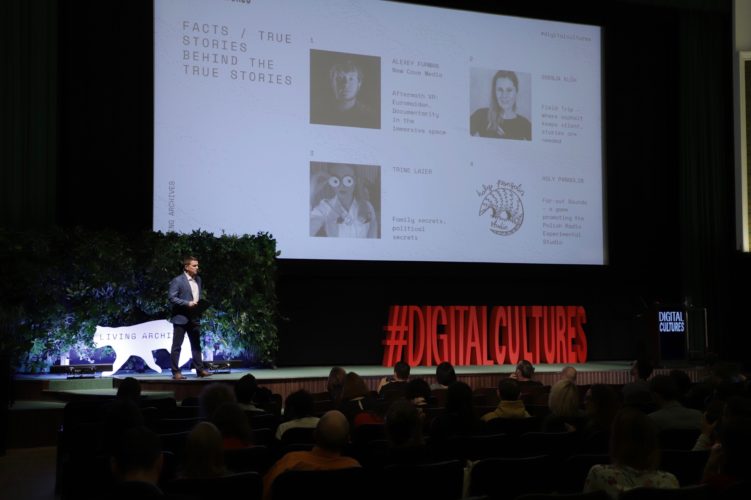
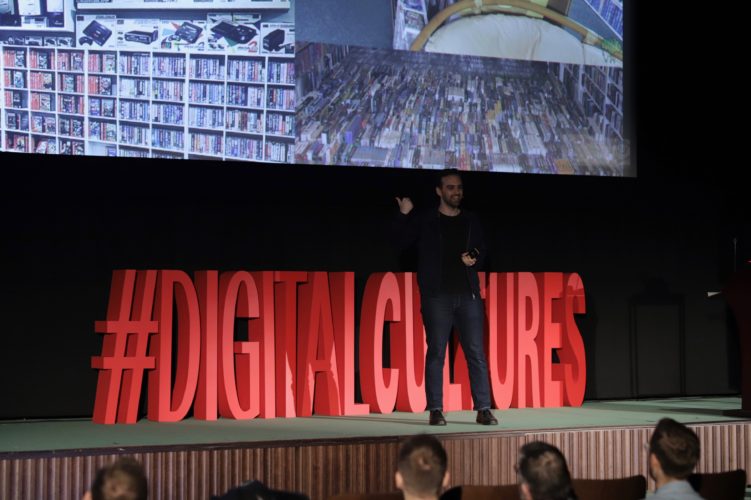
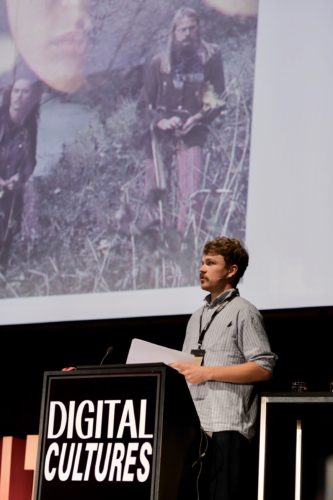
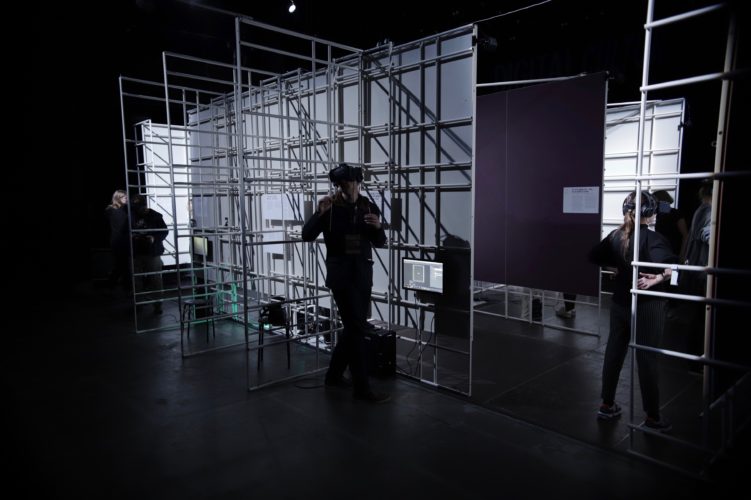
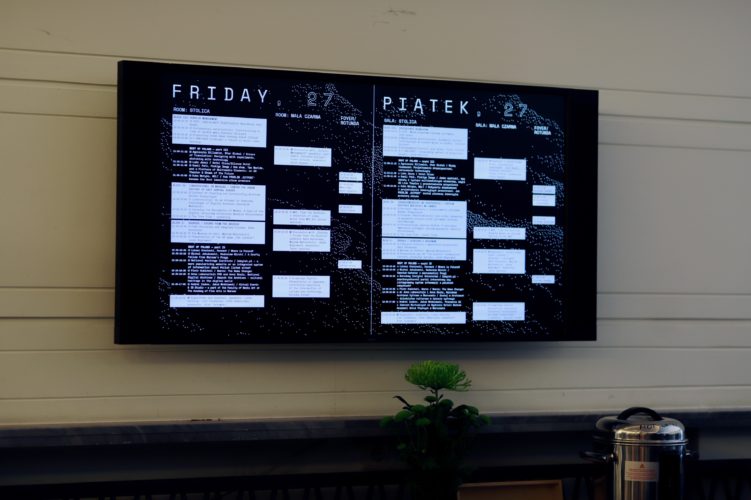
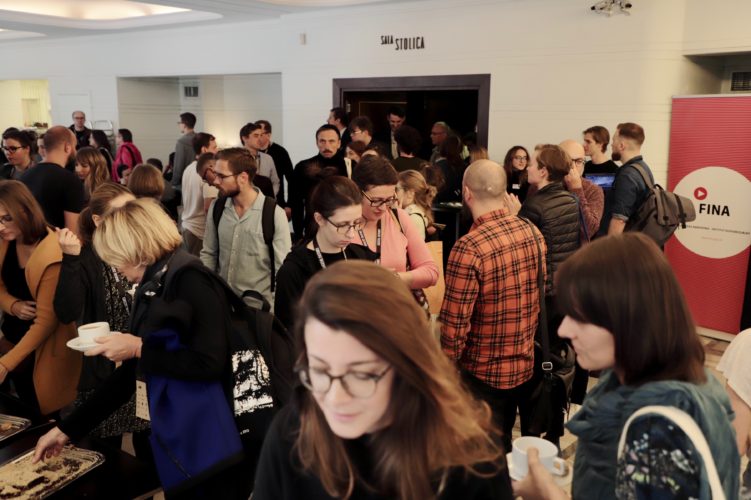

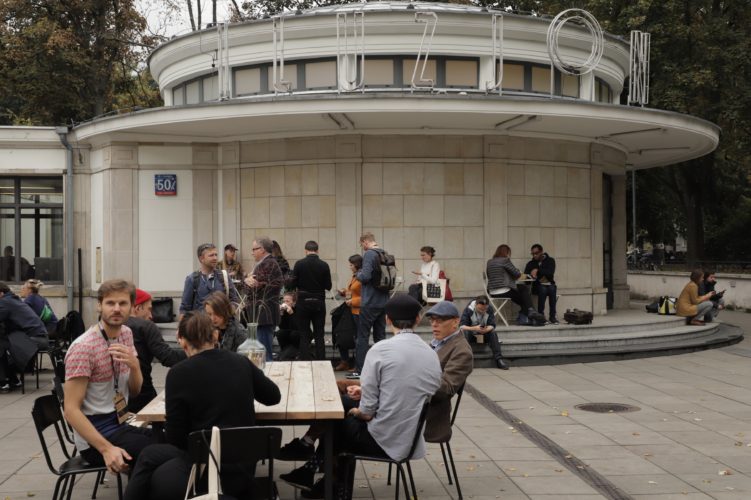
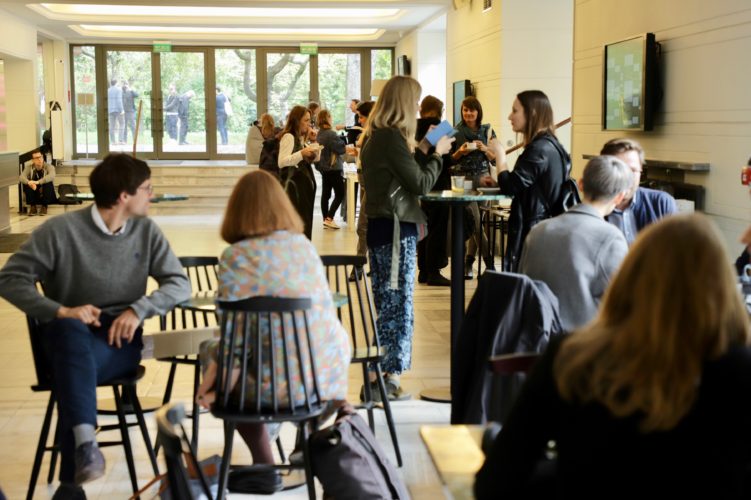
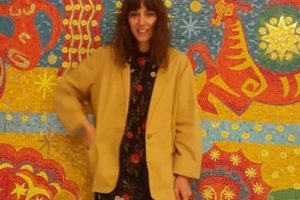
Comments are closed here.